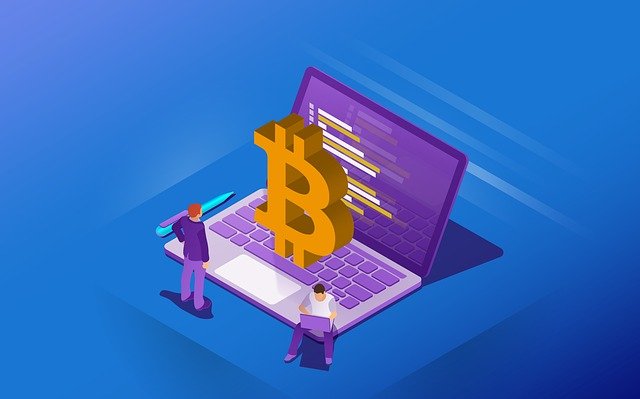Along with the decentralized existence, cryptocurrencies are a threat to markets of today, taking them out of the grasp of government control. Signs that Bitcoin has entered into progressive culture include its position throughout the U.S. courtroom Drama series The Good Wife, in a drama called “Bitcoin for Dummies.” The blockchain is identified as “a platform that is secured without an authority, decentralized across several multiple computers, yet tamper-proof, and offers an obligated to maintain that is explicitly managed amongst individuals.” Fundamentally, by establishing a decentralized means to verify and authenticate, the blockchain enables the ability to cut off the middleman.
You don’t need to know how blockchain functions to own as many bitcoins or any digital currencies. That being said, the term is relatively simple. Its best approximation of as a total repository of any blockchain network ever made, where every cryptocurrency user has a copy that is periodically reviewed as new transactions take place.
Food Safety Measures
Walmart is among the soaring list of major organizations introducing blockchain technologies to optimize their performance. Last year, this multinational retailer formed a partnership with IBM for using blockchain to monitor the sources, protection, and authenticity of the food it sells. The platform aimed to improve the accuracy and efficiency of this challenge. Before blockchain, locating the sources of food could take Walmart one to two weeks, while the process can be carried out in 2 seconds mostly during the plan was controlled remotely in partnership with IBM. What that means is that, in the case of foodborne illness (insecurity induced through “Mad Cow” diseases and Avian flu should be fresh in everyone’s mind of users), retailers such As Walmart would be capable of deciding within only a few key buttons whether food packages come from a same compromised lot. Pandemics can be prevented.
Healthcare Industry – Transparency
Blockchain often is synonymous with confidentiality and thus can be implemented in the medical sector without privacy issues. No patient needs his or her information on the public register. However, this data can be encrypted; and its immutability and reliance on the previous ledger provide a safer choice than any physical database. Affordability for healthcare practitioners will also, in several cases, form the foundation of an appropriate diagnosis and treatment plan for patients. In an analysis conducted by Deloitte, blockchain was recognized as having the opportunity to position the patient at the forefront of the health sector while ensuring privacy and safety.
The blockchain can also be extended to education, used to verify attendance and identification for examinations conducted in remote locations. More comprehensive technologies could capture entire company processes and ensure their enforcement in the business and its impact will be ground-breaking.
Just as there was phenomenal exuberance in discovering what cryptocurrencies like Bitcoin might do, so would there be enthusiasm around the various applications for Ethereum. Bitcoin was the first of several cryptocurrencies, and Ethereum is only the first to leverage the blockchain in a versatile and effective manner.
Watch this space to know more about crypto trends and blockchain applications.
Also read: What is Burn and mint equilibrium in crypto world ?
